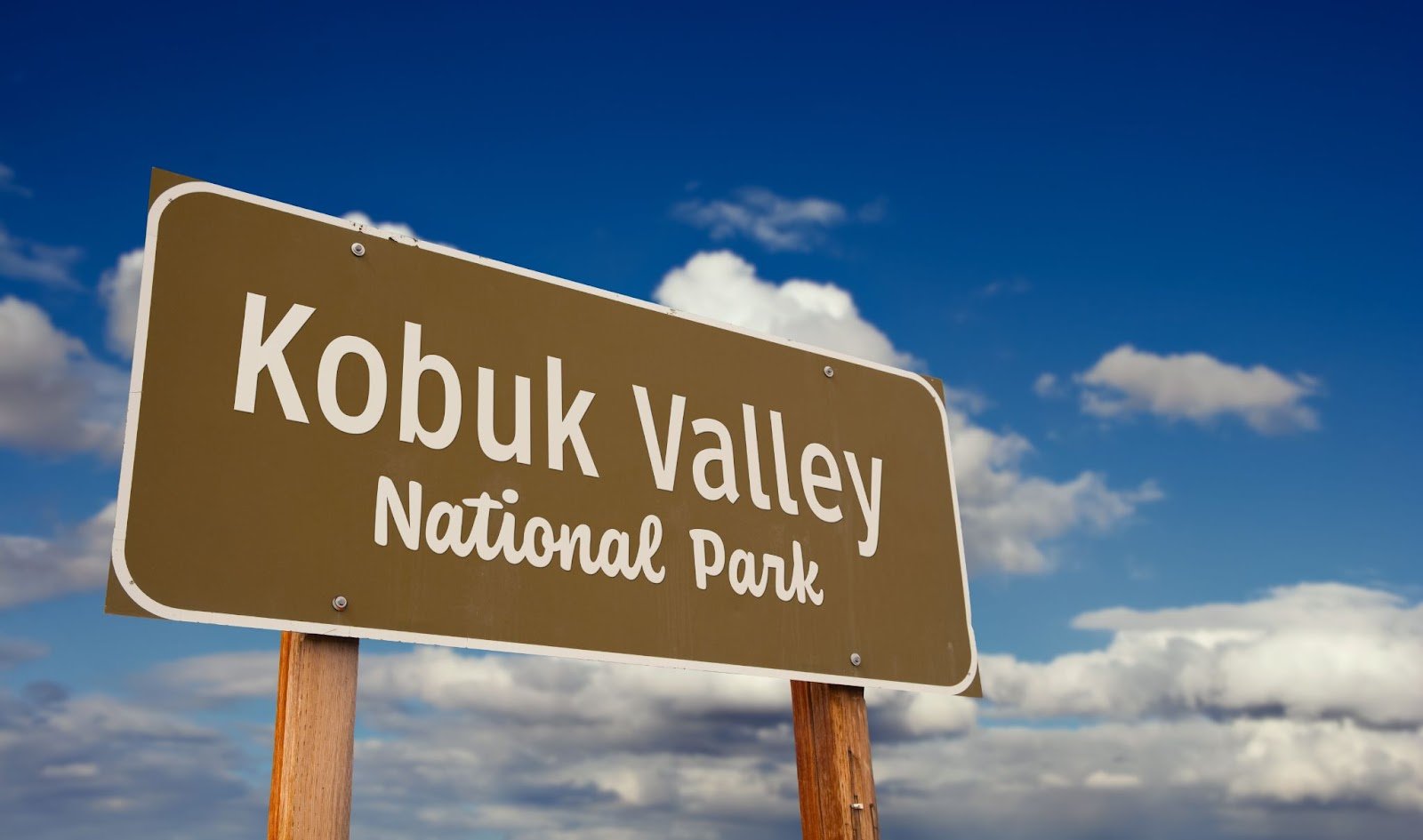
Kobuk Valley National Park sits way up in northwest Alaska. It gives visitors a wild experience found nowhere else. This huge park covers 1.75 million acres of pure Arctic land, which makes it one of the largest national parks USA has to offer. Picture massive sand dunes bumping right into boreal forests. Ancient animal paths still weave through it all, full of life.
Honestly, most folks haven’t heard of this place. Kobuk Valley gets fewer than 20,000 visitors a year. That makes it one of America’s least visited parks. Its remote spot and tough access keep crowds down. Seriously though, people who get there find something special.
Getting There: Your Gateway to Adventure
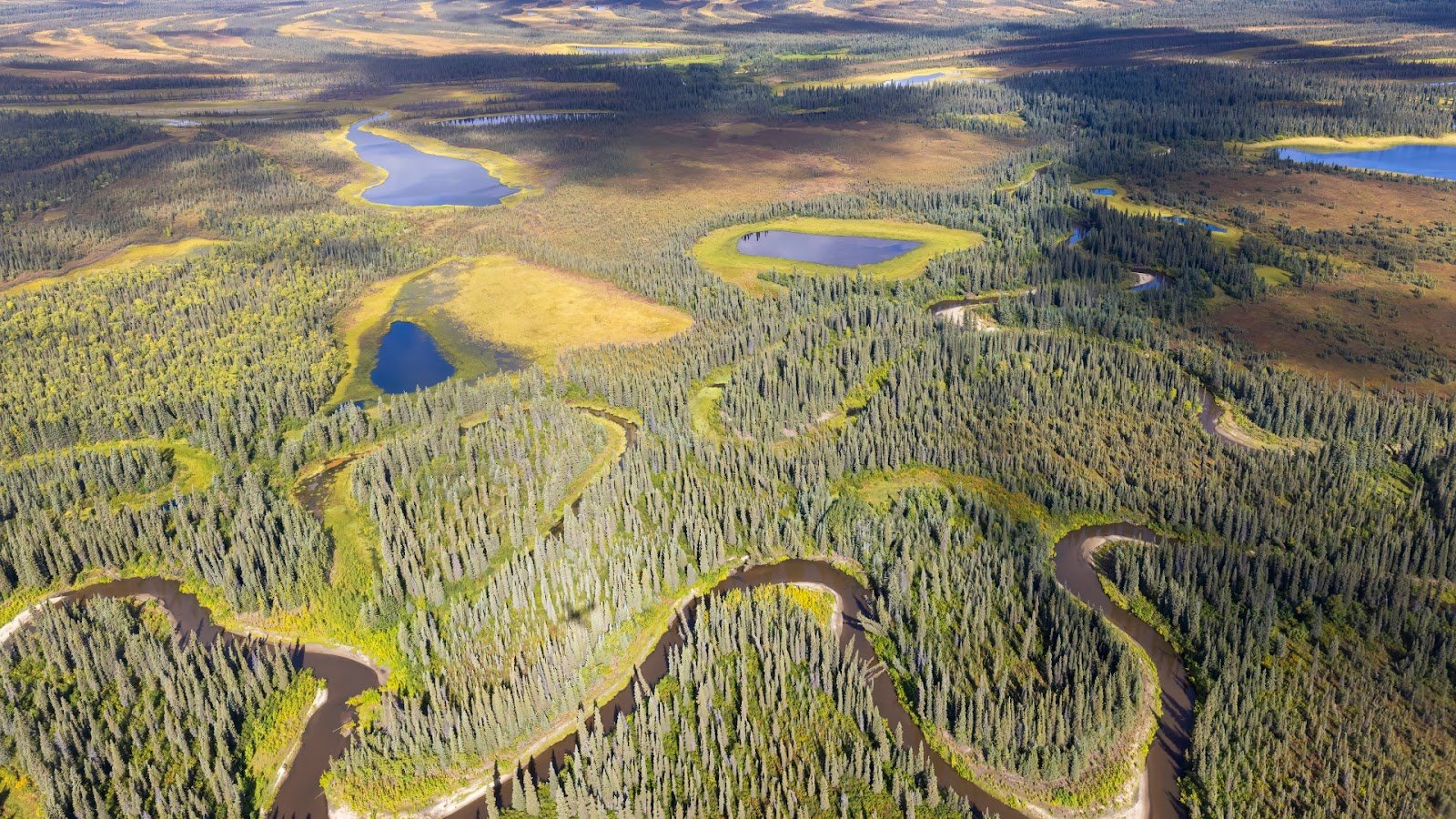
Getting to Kobuk Valley takes planning and effort. Forget roads – none lead into this wild place. Visitors fly first into Kotzebue, a small Inupiat town acting as the main gateway.
Scheduled flights run from Anchorage to Kotzebue on several airlines. Once there, you need a charter plane or a boat trip along Kobuk River. Local bush pilots, who really know this area, can land on gravel bars or small park airstrips.
In summer, water becomes another route. Kobuk River winds right through park land, giving experienced paddlers a way in. Many people mix river floating with hiking to see more.
Plan ahead. Weather shifts fast, meaning you might stay longer than planned. Always tell someone your travel plans and when you expect to return.
Things To Do in Kobuk Valley National Park
Explore Great Kobuk Sand Dunes: Alaska’s Sahara
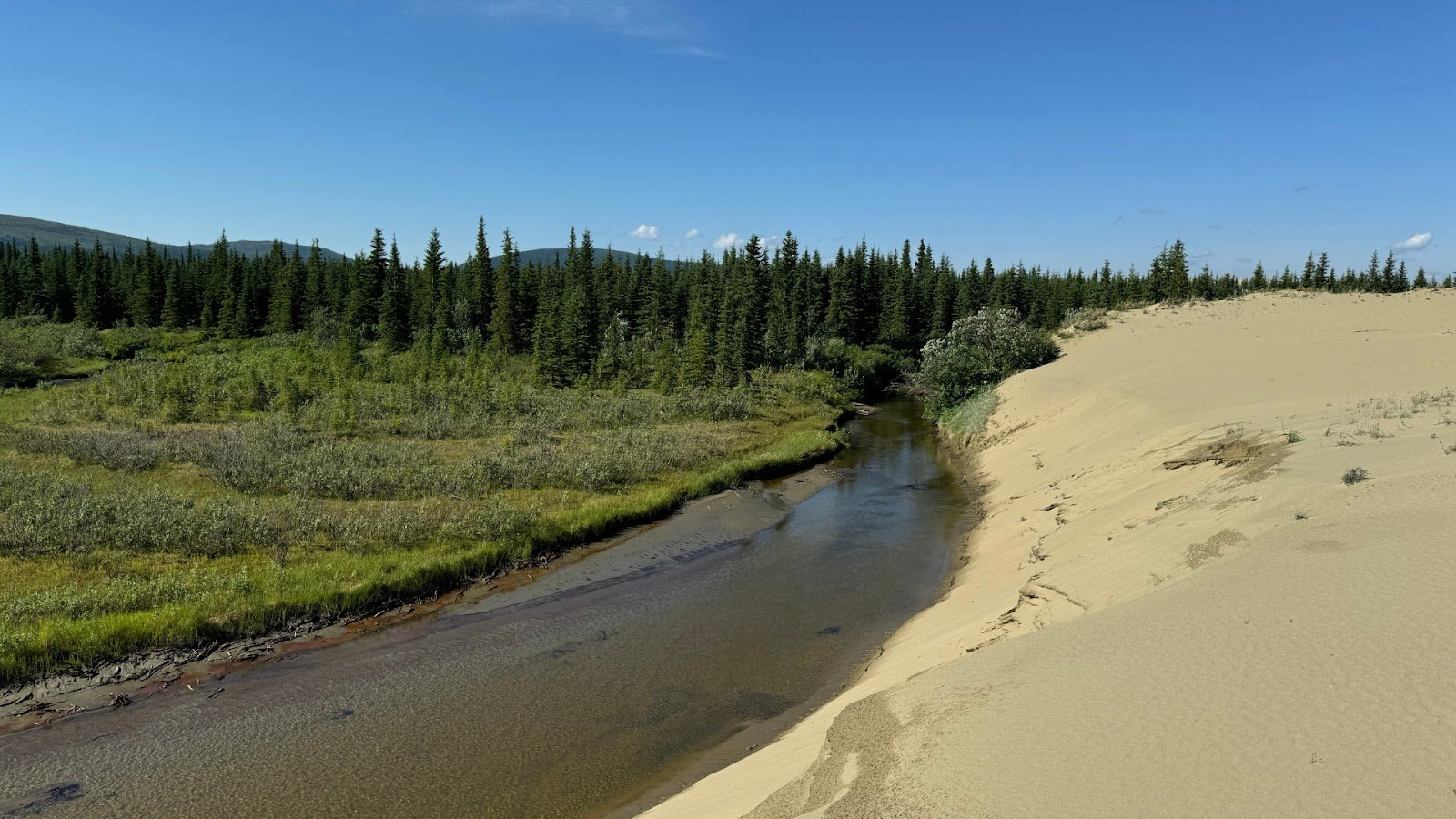
Kobuk Valley’s most famous spot? A 25-square-mile stretch of active sand dunes. These huge formations tower up to 100 feet high. It creates a landscape that feels unreal, especially this far north.
Strong winds keep reshaping these dunes. Sand came from glacial rivers thousands of years back, piling up here. Today’s winds keep things moving and stop plants from taking hold.
Summer heat on the dunes can hit 100°F. That makes it one of Alaska’s hottest spots. The contrast is striking – burning sand underfoot, snow-capped mountains watching from afar.
Hiking across offers amazing views and photo chances. Bring lots of water and sun protection. Expect intense reflected sunlight; shade is basically zero.
Early mornings or late evenings are best. Things cool down, and the light paints dramatic shadows over the rolling sand.
Capitalize On Wildlife Watching Opportunities
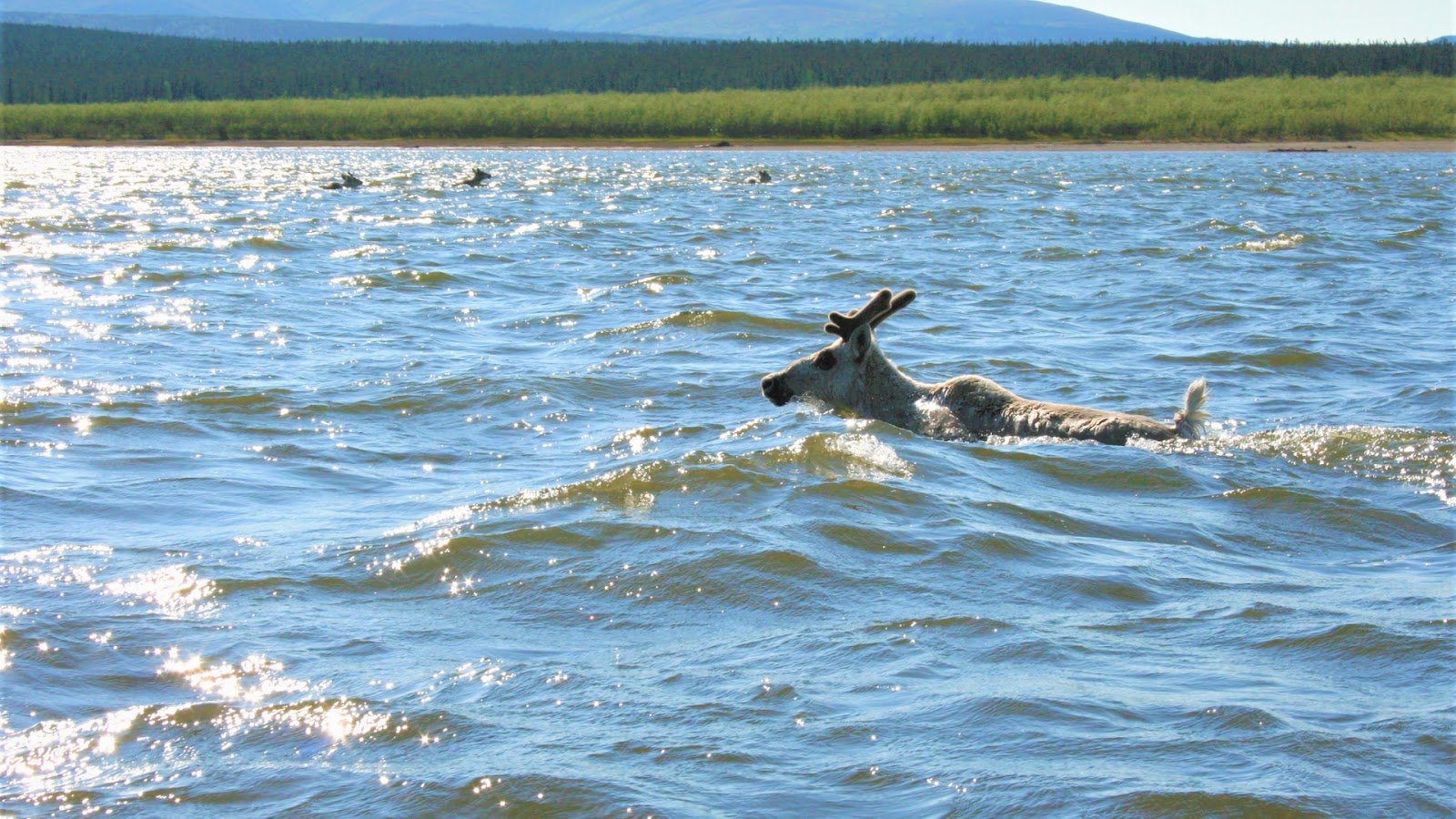
Kobuk Valley teems with Arctic wildlife. Over 200,000 Western Arctic Caribou travel through here twice each year. This migration path is ancient, used for thousands of years.
Caribou move through in spring, usually April and May. They come back in fall, around September and October. Seeing thousands stream across the land makes an amazing wildlife show in North America.
Other mammals live here all year:
- Brown bears grab salmon and find berries
- Black bears stick to wooded spots near rivers
- Wolves follow caribou herds and catch smaller animals
- Moose munch on willows down in river valleys
- Lynx hunt snowshoe hares in thick woods. Wolverines roam huge areas, scavenging and hunting.
Bird fans spot over 100 species in the park. Golden eagles ride winds above ridges. Ptarmigan blends right into the tundra plants.
Enjoy River Adventures and Fishing
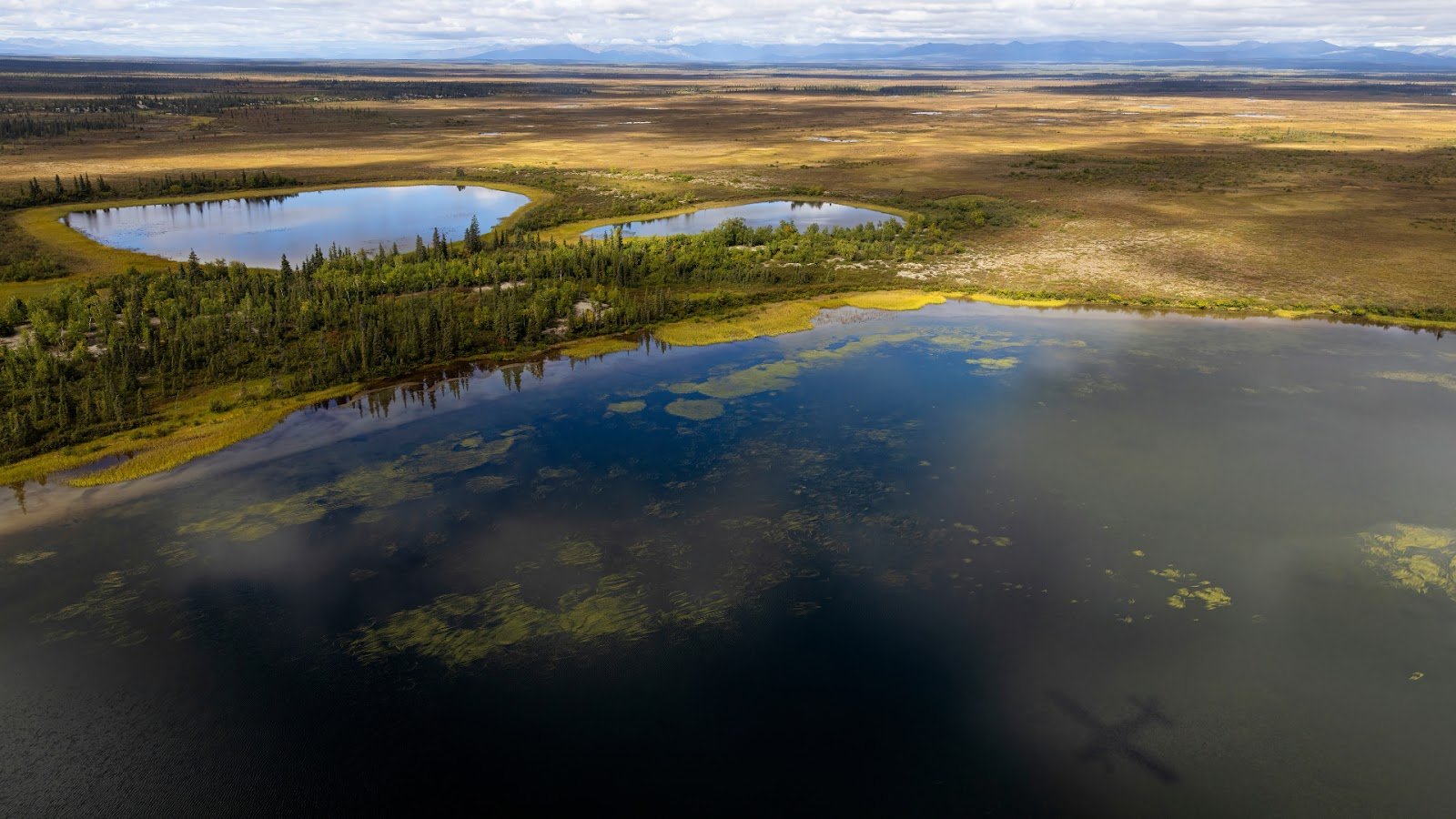
The Kobuk River system is famous for great fishing and paddling. This big river runs 347 miles from its start all the way to Kotzebue Sound. About 61 miles flow inside the national park.
Fishing for Arctic char is really good all summer. These bright fish live in clear pools and faster runs. They put up a fun fight on light gear. Look for northern pike hiding in slow backwaters and side channels.
Salmon runs add more action. Chum salmon show up in July. Pink salmon arrive later on. Bears come for the salmon too, so you get good chances to see wildlife.
Floating the river gets you to places you just can’t walk to. The current moves at a relaxed speed, perfect for paddlers with some experience. A few outfitters run guided trips or rent gear.
Planning a float trip needs thought about water levels, weather, and how you’ll manage things. Spring snowmelt can make things risky. By late summer, some spots might get too shallow.
Experience Hiking and Backpacking Adventures
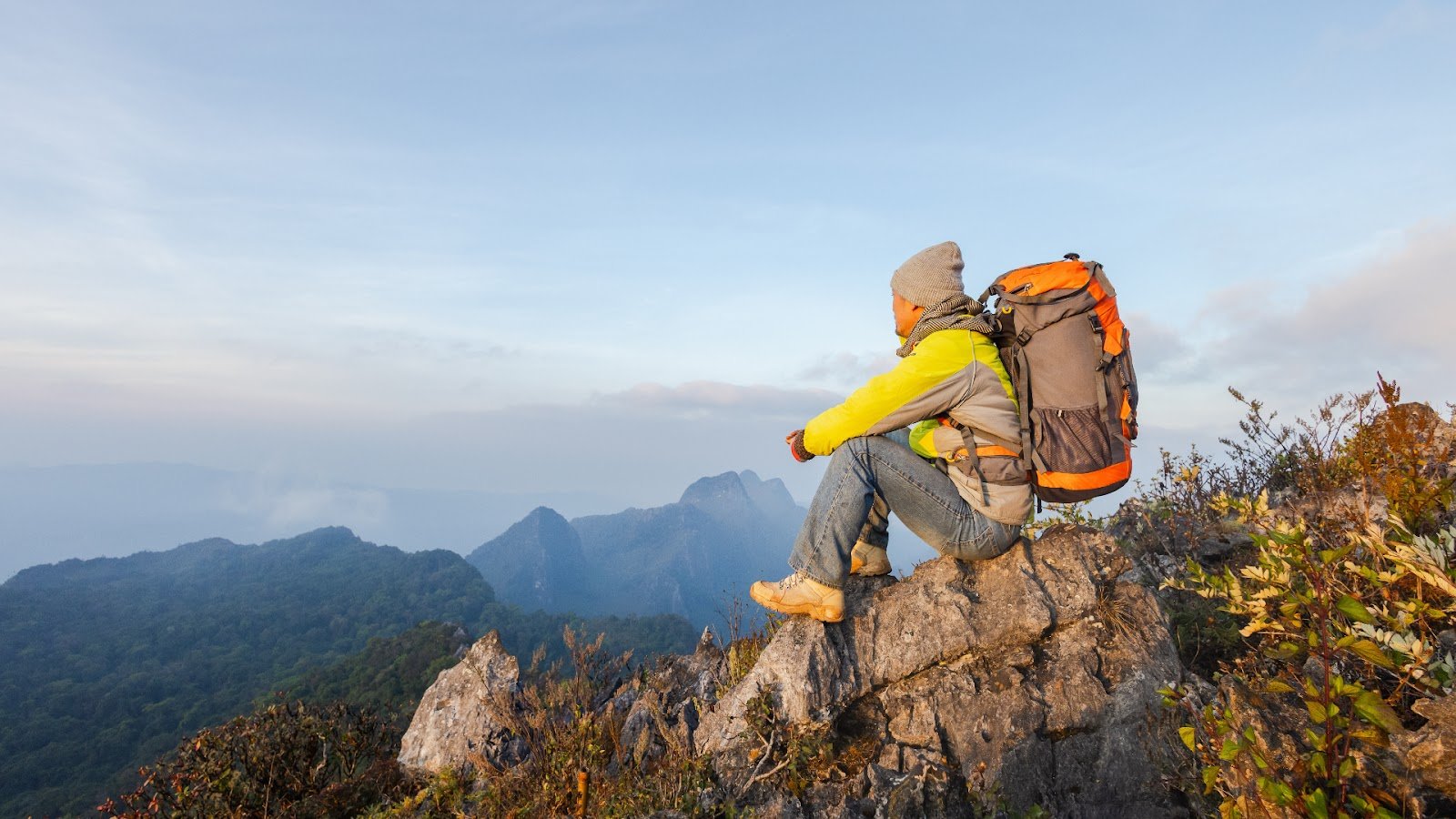
Kobuk Valley is all about wide-open hiking. You won’t find marked trails here, just freedom to roam across changing landscapes.
For those up for a challenge, the Baird Mountains mark the park’s north edge. Their rough peaks and high country views demand solid mountaineering skills and the right gear.
Want something a bit easier? Try the river valleys. Streams edged with willows curve through wide valleys. Spruce forests provide cover and chances to spot animals. Hiking the tundra is different. The spongy ground can be tricky, but summer brings amazing wildflower shows. Views seem to go on forever.
Remember, getting around needs good navigation. A GPS and detailed maps are key in this pathless wilderness. Weather shifts fast out here, so pack emergency shelter and supplies.
Immerse Yourself Into Cultural Heritage and History
People have lived here a long time – over 10,000 years. Proof is all over this valley, showing folks stayed generation after generation.
Onion Portage is a standout spot. Digs found stuff from different times, giving us clues about very old Arctic living.
Today’s Inupiat people feel a deep tie to this land. Hunting, fishing, and gathering food continues ways passed down for ages.
Respect for cultural places is important. Many spots have deep meaning for local communities. Visitors should look, not touch, and keep away from artifacts or structures.
Guides from here can share stories and knowledge. Their perspective really helps us grasp how people managed in this tough place for thousands of years.
Engage In Photography and Nature Study

Kobuk Valley is great for photographers and nature lovers. You’ll find dramatic landscapes, lots of wildlife, and unique geology offering endless subjects.
Seasons add extra flavour:
- Summer brings midnight sun – more time to shoot. Sunlight stays low all day, bathing everything in warm, golden tones.
- Winter skies light up with aurora borealis. Best chances to see these dancing colors run September through March. Just remember, visiting the park in winter needs careful planning.
Get close for macro shots. It reveals fine details on Arctic plants and insects. Tiny wildflowers and their special adaptations show how nature survives tough conditions.
Try Extreme Sports And Adventure Challenges
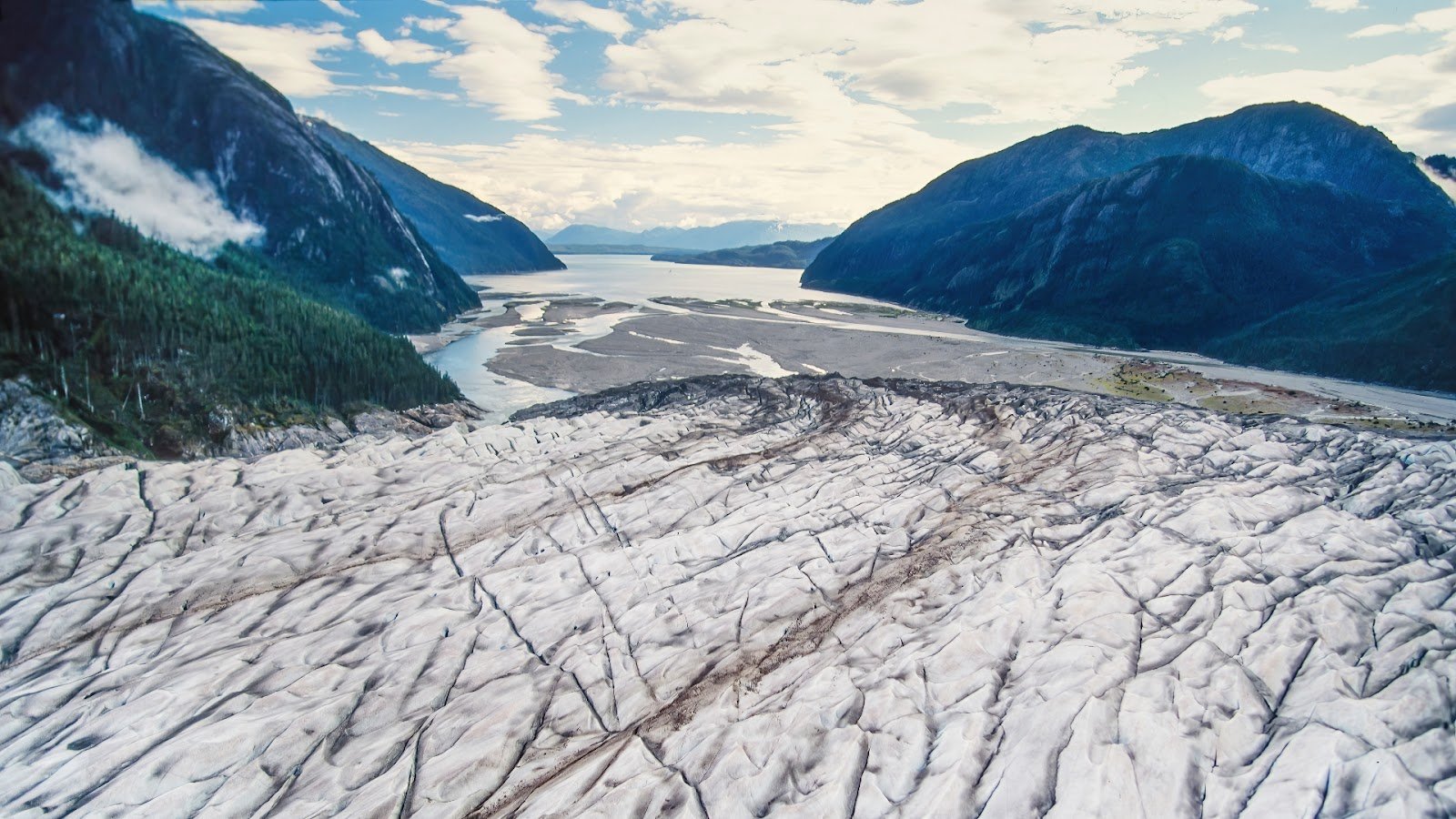
Kobuk Valley offers a serious test for adventurous visitors.
Push your limits with extreme activities in its demanding landscape:
- Try hiking ultra-long distances across trackless wilderness. It tests your endurance and navigation like nothing else.
- Embark on multi-day river expeditions where resupply isn’t an option. This challenges planning and resource management skills. Being completely self-reliant is essential here.
- Winter mountaineering in the Baird Mountains demands advanced skills and special gear. Extreme cold and short daylight add extra layers of difficulty.
- Traveling solo increases risks significantly. Yet it delivers unmatched solitude and forces total self-reliance. Careful prep and knowing emergency steps become even more important.
Set personal goals with speed challenges. Try crossing the massive sand dunes or completing river sections in record time.
Hunt Treasures And Test Essential Skills
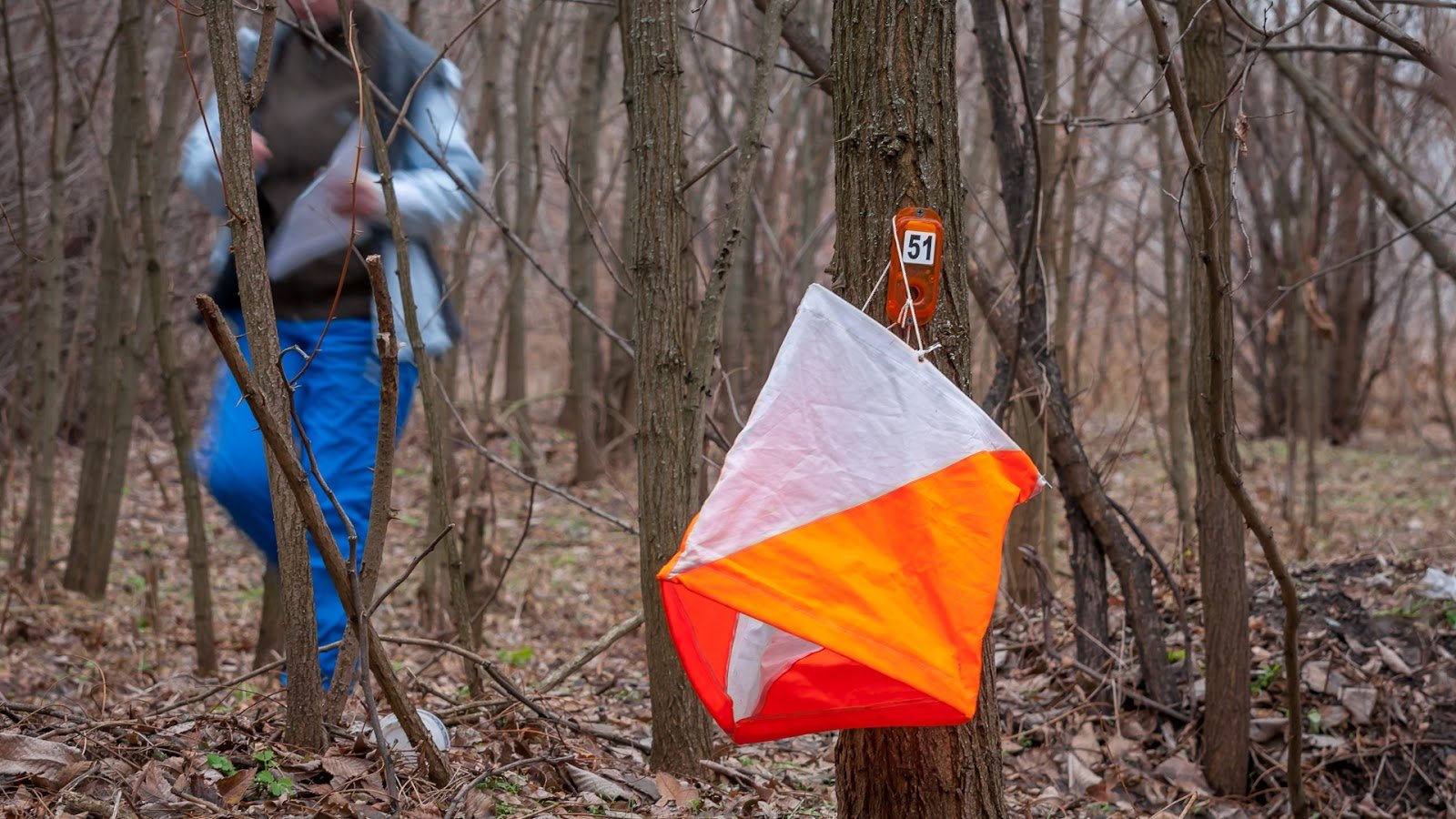
Previous visitors hide caches, creating modern treasure hunts all over Kobuk Valley. Adventurous explorers use GPS coordinates to find these remote spots.
When gadgets stop working, old-school navigation skills come in handy. A compass bearing, reading a map, or using the stars keeps you on track.
Groups wanting a challenge can try orienteering courses. These use natural landmarks, plotting bearings, and guessing distances to make things interesting.
Dead reckoning helps you know where you are during long trips. Counting paces, estimating time, and watching the terrain builds confidence in your skills.
Survival scenarios really test navigation under pressure. Fake emergencies need fast choices and precise route-finding.
Seasonal Considerations
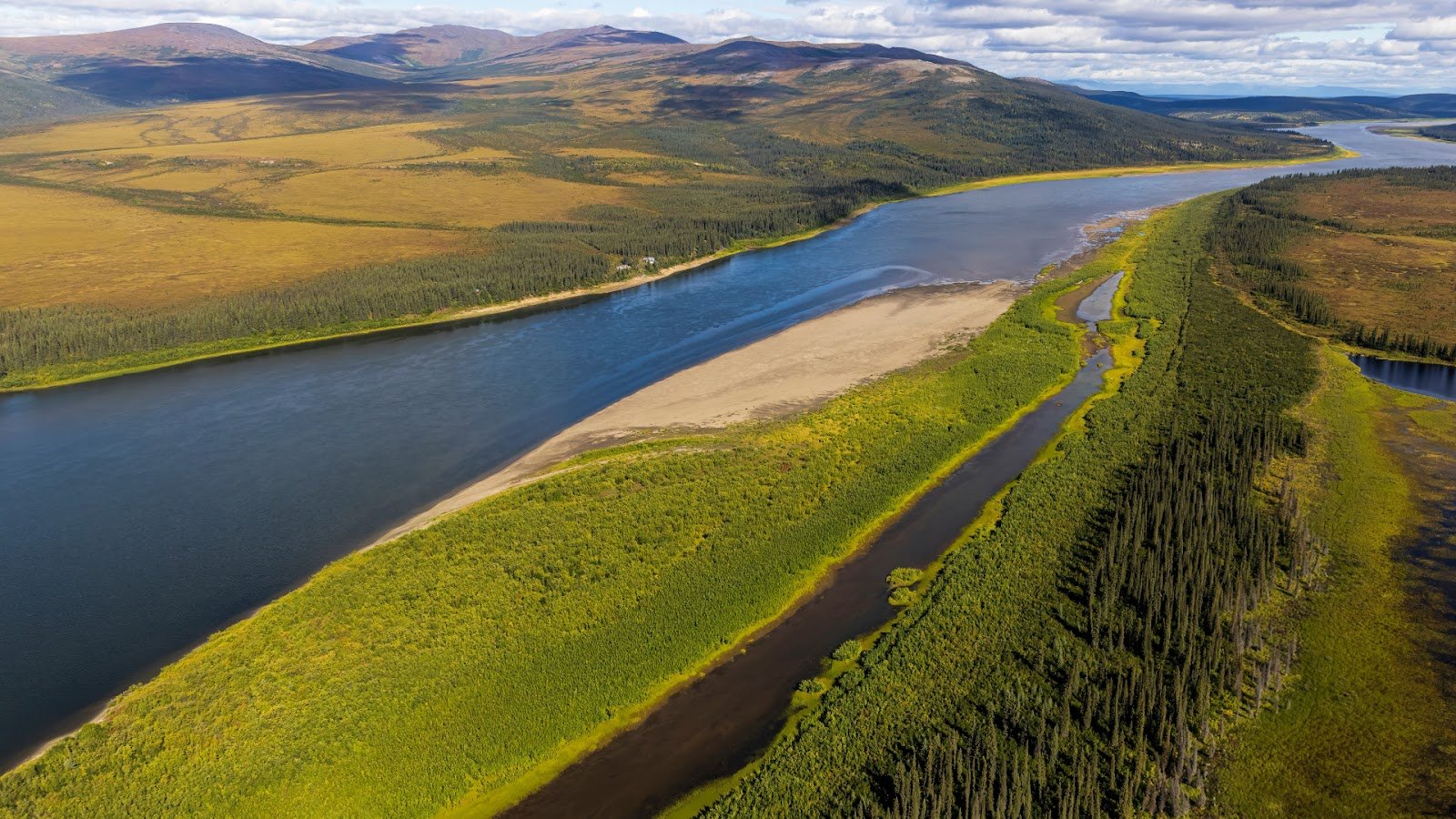
Kobuk Valley changes dramatically with each season:
- Summer gives you the easiest access. Temperatures can hit 70°F, and daylight lasts almost around the clock. Peak time for visitors is June through August. That’s when rivers open up, animals are out, and weather is best for camping or hiking.
- Come fall, things shift. You get amazing autumn colors and witness caribou migrating. September brings crisp air and fewer bugs. Just know weather starts turning less reliable then.
- Winter makes everything a frozen wonderland. But it’s intense – extreme cold, very little daylight, and tough to reach. Really, only travelers experienced with the Arctic should consider a winter trip.
Essential Preparation Tips
Getting ready for Kobuk Valley? You need solid prep. This place is truly remote. Forget services, supplies, or rescue teams – they simply don’t exist here.
Packing the right gear is non-negotiable. You’ll need camping equipment tough enough for Arctic weather:
- Always carry emergency comms devices and a full first aid kit.
- Use bear-resistant containers for all food.
- Bring reliable navigation tools plus backups.
- Pack extra clothes and rain gear too.
The weather shifts fast here. It can go from warm sunshine to cold storms in just hours. Pack layers and waterproof gear. This combo keeps you safe and comfortable when conditions change.
Food planning takes real thought. Once you’re inside the park, getting more food isn’t possible. Bring extra supplies. Weather delays happen, so having backup food is smart.
Respecting the Wilderness
Your help keeps Kobuk Valley wild. Following Leave No Trace principles means future visitors find this place just as pristine.
When camping, keep your impact low. Use spots others have used before. If none exist, pick durable ground well away from water. Pack out everything you bring in, including human waste when necessary.
Seeing wildlife? Respect their space. Store all food securely. Always keep a safe distance from any animal. Remember, bears live here everywhere – know the special steps needed around them.
Fire rules can change, especially when it’s dry. Always check current restrictions before arriving. Have a backup way to cook meals ready.
Summing Up: Making Your Visit Memorable
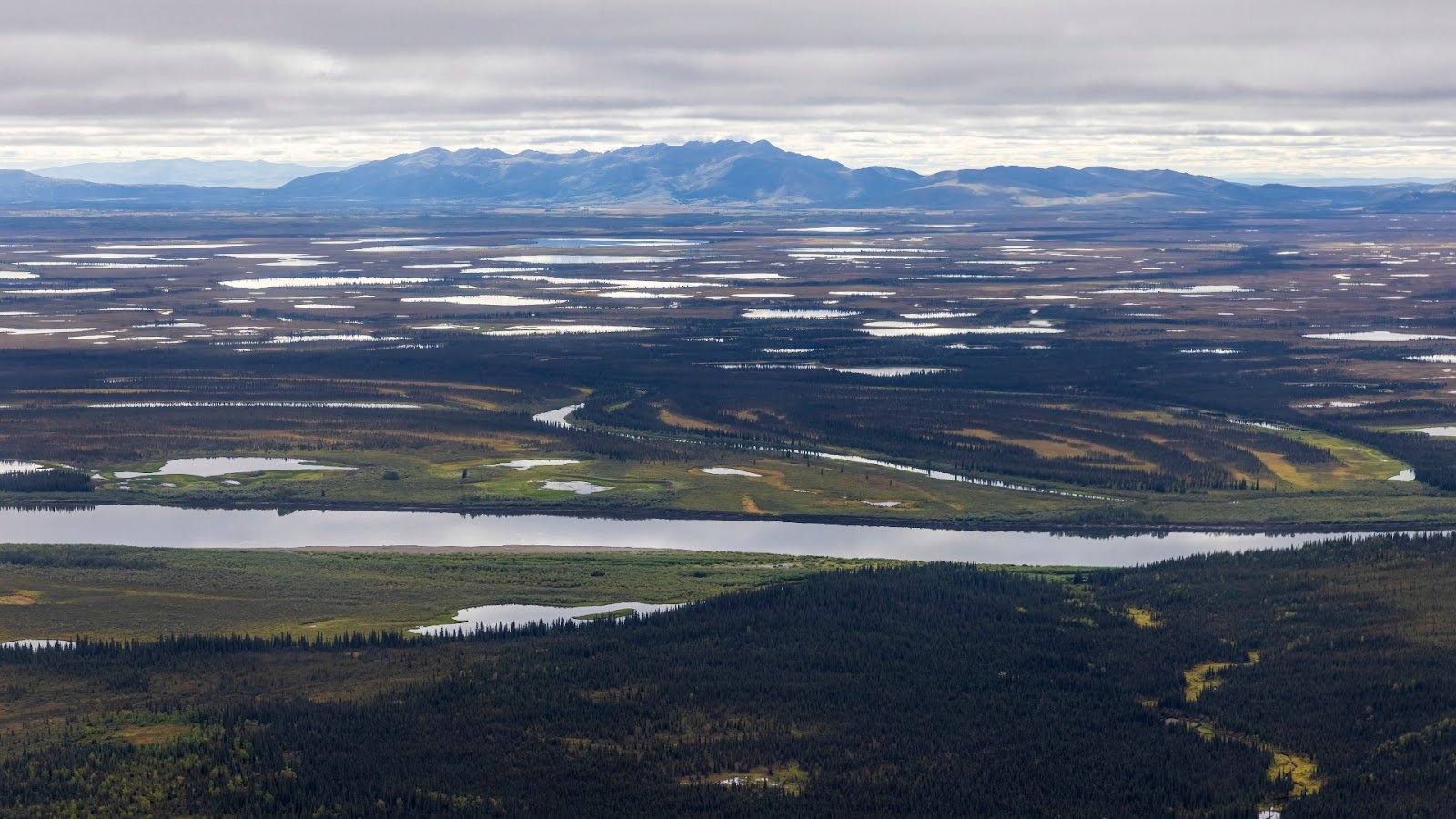
Kobuk Valley National Park delivers experiences you won’t find anywhere else. This wild place offers true solitude, real challenge, and immense natural beauty. Success here means setting realistic expectations and preparing well.
Forget casual visits or expecting comforts – this park lacks developed amenities. It rewards adventurous people with memories that stick forever.
Get started planning your expedition now. Check conditions, get the right gear, and get ready. Your adventure into one of America’s last great wilderness areas begins. Kobuk Valley waits for people brave enough to go.

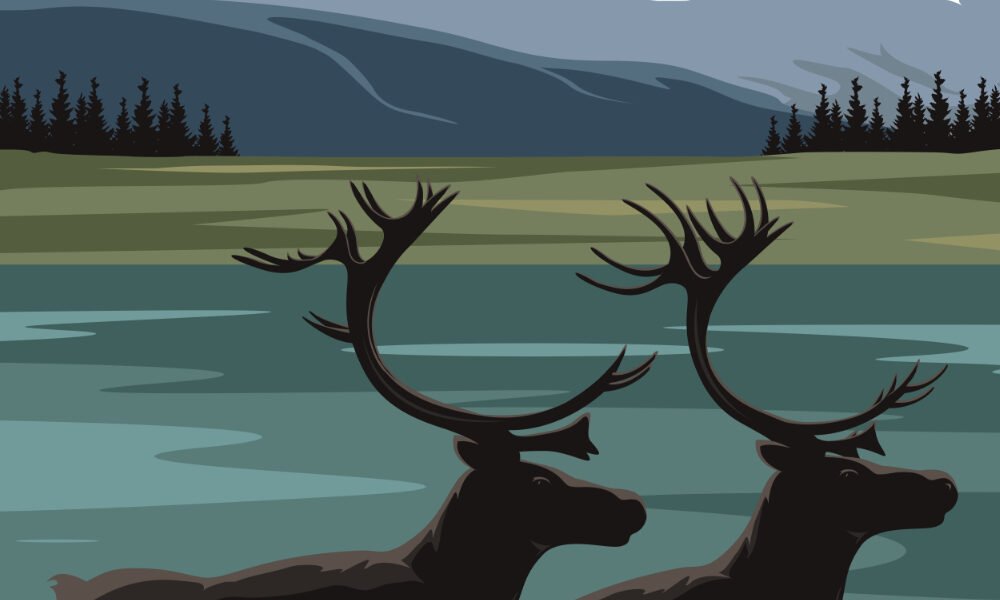




0 Comments